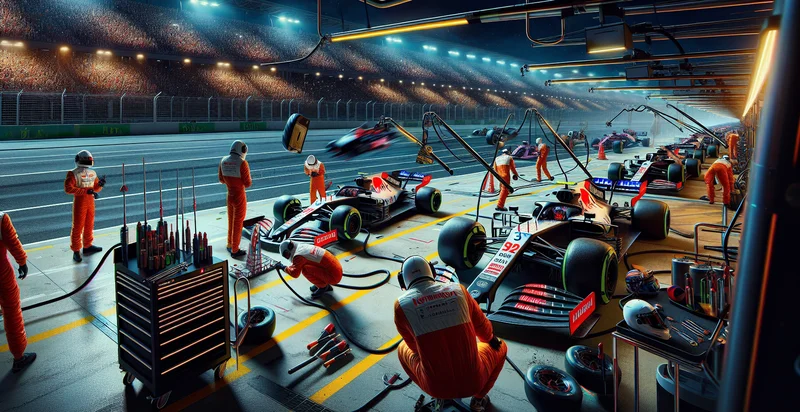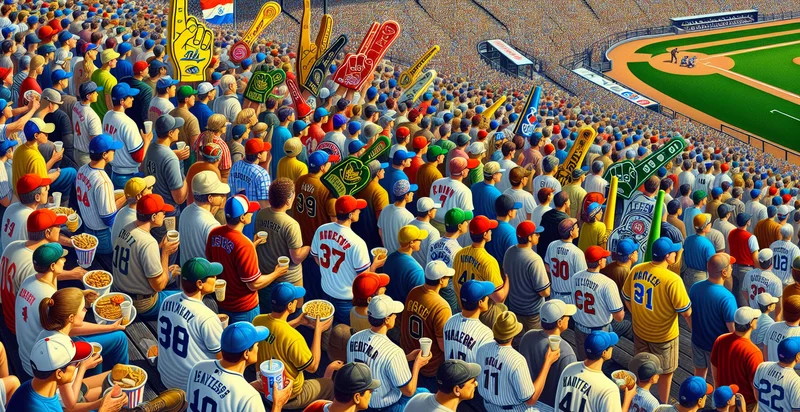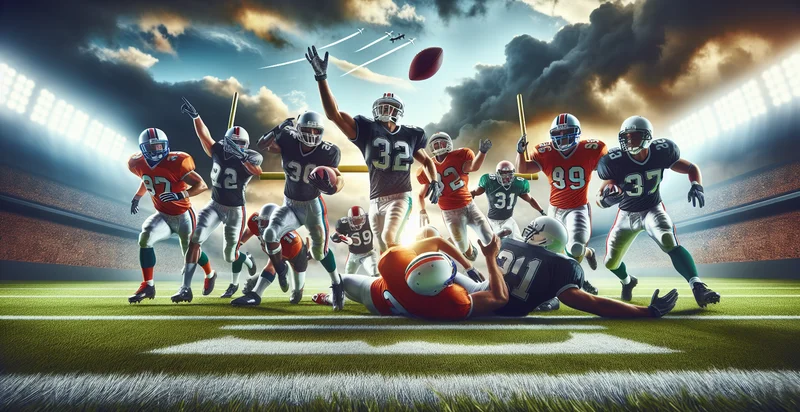Identify formula 1 teams
using AI
Below is a free classifier to identify formula 1 teams. Just upload your image, and our AI will predict which Formula 1 team a car belongs to - in just seconds.

Contact us for API access
Or, use Nyckel to build highly-accurate custom classifiers in just minutes. No PhD required.
Get started
import nyckel
credentials = nyckel.Credentials("YOUR_CLIENT_ID", "YOUR_CLIENT_SECRET")
nyckel.invoke("formula-1-teams", "your_image_url", credentials)
fetch('https://www.nyckel.com/v1/functions/formula-1-teams/invoke', {
method: 'POST',
headers: {
'Authorization': 'Bearer ' + 'YOUR_BEARER_TOKEN',
'Content-Type': 'application/json',
},
body: JSON.stringify(
{"data": "your_image_url"}
)
})
.then(response => response.json())
.then(data => console.log(data));
curl -X POST \
-H "Content-Type: application/json" \
-H "Authorization: Bearer YOUR_BEARER_TOKEN" \
-d '{"data": "your_image_url"}' \
https://www.nyckel.com/v1/functions/formula-1-teams/invoke
How this classifier works
To start, upload your image. Our AI tool will then predict which Formula 1 team a car belongs to.
This pretrained image model uses a Nyckel-created dataset and has 44 labels, including Alfa Romeo, Alpine, Arrows, Aston Martin, Bar, Benetton, Bmw Sauber, Brawn Gp, Brm and Caterham.
We'll also show a confidence score (the higher the number, the more confident the AI model is around which Formula 1 team a car belongs to).
Whether you're just curious or building formula 1 teams detection into your application, we hope our classifier proves helpful.
Related Classifiers
Need to identify formula 1 teams at scale?
Get API or Zapier access to this classifier for free. It's perfect for:
- Fan Engagement Analysis: This use case involves using the false image classification function to analyze social media posts and fan-generated content related to Formula 1 teams. By identifying misclassified images, teams can gain insights into fan perceptions and engagement levels, which can inform marketing strategies.
- Sponsorship Effectiveness: The function can be utilized to evaluate how well sponsorship images are resonating with fans. By classifying images associated with specific sponsors and identifying any misclassification, teams can assess the visibility and effectiveness of their partnerships and adjust their marketing approaches accordingly.
- Merchandise Design Validation: Teams can leverage false image classification to assess image designs for merchandise. By identifying whether proposed designs align with the team's branding and ethos, they can reduce the risk of launching products that may not resonate with fans.
- Social Media Content Moderation: The function can assist Formula 1 teams in moderating user-generated content on social media platforms. By identifying false classifications, teams can curate a more authentic and relevant online presence, ensuring that the images shared reflect their brand image and values.
- Race Analysis and Reporting: Teams can utilize image classification to analyze race images and highlight critical moments incorrectly classified as non-relevant. By refining these classifications, teams can create more accurate race reports and analysis for internal performance reviews and fan publications.
- Historical Image Database Organization: This use case involves organizing historical images of Formula 1 events, identifying misclassified images from past seasons. An accurate classification archive can be beneficial for fan engagement, media reviews, and historical research, offering a reliable repository for both team staff and enthusiasts.
- AI and Machine Learning Model Training: The function can be integral in training AI and machine learning models focused on sports analytics. By analyzing incorrect classifications, teams can improve algorithm accuracy over time, leading to better predictive models for player performance, competition outcomes, and fan interactions.


